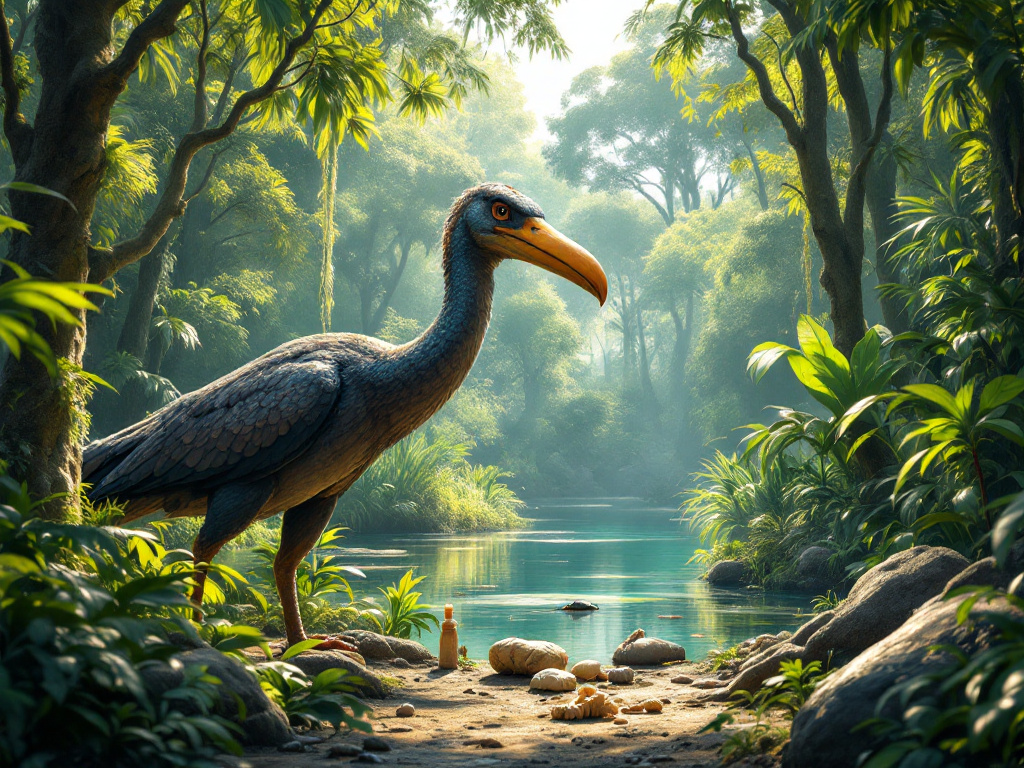
Unveiling Diatryma: The Forgotten Flightless Giant of Geiseltal
**Diatryma**, a giant flightless bird that lived around 45 million years ago, once roamed the warm, tropical swamps of Geiseltal in Germany. Standing 4.6 feet tall and characterized by its massive beak, Diatryma was initially mistaken for a carnivorous predator of the early Eocene Epoch, believed to hunt prehistoric horses. However, recent findings have revealed that this bird was actually herbivorous, shifting our understanding of its ecological role. The bird's almost fully preserved skull, misclassified as a crocodile's for decades, was recently rediscovered in the Geiseltal Collection at Martin Luther University Halle-Wittenberg. This collection, a treasure trove with about 50,000 fossils, has been pivotal in understanding the era's biological diversity. **Michael Stache**, a geological preparator, uncovered the skull's true identity and, along with Dr. **Gerald Mayr** from the Senckenberg Research Institute, recognized its value as one of only two complete Diatryma skulls known globally. This discovery underscores the often-overlooked importance of museum collections in unveiling significant palaeontological insights. The Geiseltal fossils continue to draw international scientific interest, helping piece together the Eocene Epoch's rich tapestry of life.